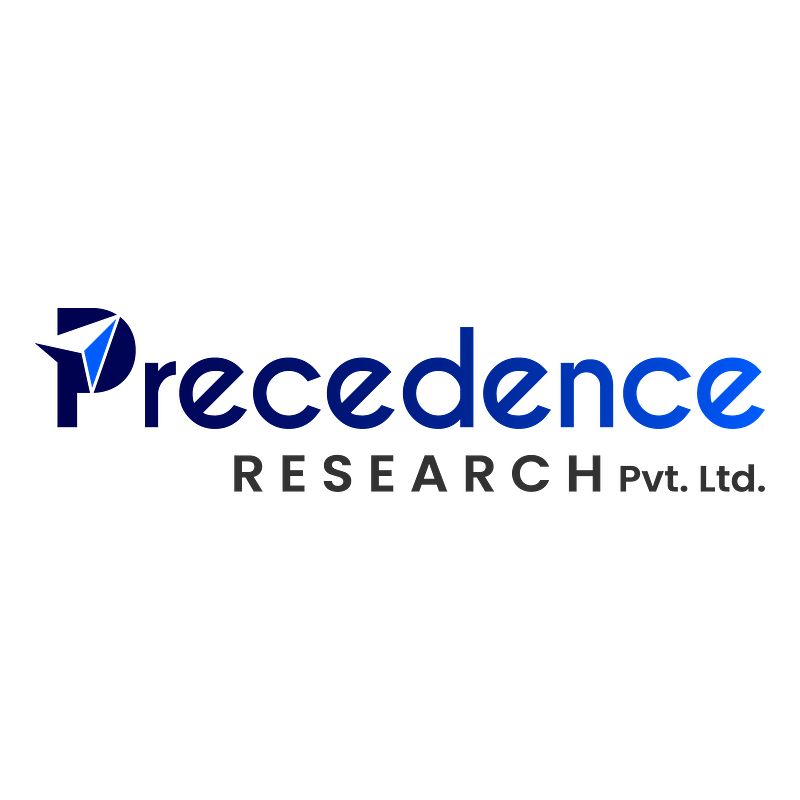
Water Treatment Market Surges as Global Crisis Drives Innovation & Investment
A looming water crisis is fueling rapid growth in the water treatment chemicals market, with innovative solutions and significant investment poised to reshape the industry.
Water Treatment Market Surges as Global Crisis Drives Innovation & Investment
November 04, 2025 – The global water treatment chemicals market is experiencing a period of robust growth, driven by escalating concerns over water scarcity, pollution, and the increasing need for advanced purification technologies. Recent industry analysis indicates a market poised for significant expansion, with projections varying between $52.8 billion by 2028 (MarketsandMarkets) and $48.7 billion by 2029 (Mordor Intelligence) – representing healthy compound annual growth rates of 6.3% and 5.5% respectively.
This surge isn’t simply about volume; it’s about a fundamental shift in how we approach water management. Years of underinvestment in infrastructure, coupled with a rapidly growing global population and industrialization, have created a perfect storm. “We’re seeing a convergence of factors,” explains a senior analyst at a leading environmental consulting firm. “Demand is up, water sources are increasingly contaminated, and regulations are becoming stricter, all forcing a reevaluation of traditional treatment methods.”
The Driving Forces: Scarcity, Pollution & Regulation
The urgency is palpable. Water scarcity affects over two billion people globally, according to the United Nations, and climate change is exacerbating the problem. Regions already facing water stress are experiencing more frequent and intense droughts, while others are grappling with the effects of saltwater intrusion into freshwater sources. Simultaneously, industrial discharge, agricultural runoff, and aging infrastructure are contributing to widespread water pollution.
This confluence of challenges is placing immense pressure on governments and industries to adopt more sustainable water management practices. “Regulations are definitely a key driver,” notes an industry insider. “The EPA and other regulatory bodies are tightening standards for water quality, forcing municipalities and businesses to invest in advanced treatment technologies.”
Innovation Beyond Purification: Addressing Emerging Contaminants
While traditional water treatment methods – such as filtration and disinfection – remain essential, they are increasingly insufficient to address the complex challenges posed by emerging contaminants. Per- and polyfluoroalkyl substances (PFAS), microplastics, and pharmaceutical residues are becoming widespread in water sources, posing significant risks to human health and ecosystems.
“The focus is shifting from simply removing bacteria and viruses to tackling these more insidious pollutants,” explains a materials scientist specializing in water purification. “It requires a new generation of treatment chemicals and technologies.”
Research and development efforts are focused on advanced oxidation processes (AOPs), membrane filtration, and activated carbon adsorption, all designed to remove or neutralize these persistent pollutants. “We’re seeing a lot of innovation in materials science,” says the materials scientist. “Researchers are developing novel adsorbents and membranes with enhanced selectivity and efficiency.”
Investment & Competition: A Booming Market
The growth in the water treatment chemicals market is attracting significant investment, with established players and startups alike vying for market share. Companies like Ecolab and Veolia, with their extensive portfolios of water treatment solutions, are well-positioned to capitalize on the growing demand. Ecolab reported $14.2 billion in revenue in 2023 with a strong contribution from its water treatment division, while Veolia posted EUR 46.7 billion in revenue, underlining the scale of opportunity.
However, the market is also becoming increasingly competitive, with new entrants disrupting the industry with innovative technologies. The focus is on sustainability and cost-effectiveness. “Customers are demanding solutions that are not only effective but also environmentally friendly and affordable,” says the analyst from the environmental consulting firm.
Regional Hotspots: Where Demand is Surging
While the global water treatment chemicals market is expanding, certain regions are experiencing particularly rapid growth. China and India, with their large populations and rapidly industrializing economies, are emerging as key markets. Both nations are grappling with severe water pollution and scarcity issues, driving demand for advanced treatment technologies.
“China is investing heavily in water infrastructure and treatment technologies,” explains a researcher specializing in Asian water markets. “The government is prioritizing water security and is committed to improving water quality.”
Brazil, with its abundant water resources but also significant environmental challenges, is another key market. The country is facing increasing pressure to address water pollution and improve access to clean water, creating opportunities for water treatment chemical suppliers.
Looking Ahead: A Sustainable Future for Water
The future of the water treatment chemicals market is inextricably linked to the global efforts to achieve water security and sustainability. Innovation, investment, and collaboration will be crucial to addressing the challenges ahead.
“We need to move beyond simply treating the symptoms of water pollution and focus on preventing it in the first place,” says the senior analyst. “That means adopting more sustainable industrial practices, reducing agricultural runoff, and investing in infrastructure that protects our water resources.”
The water crisis is a complex and multifaceted challenge, but the surge in the water treatment chemicals market demonstrates that the industry is responding with innovation and determination. The path to a sustainable water future is paved with technology, investment, and a collective commitment to protecting our most precious resource.
